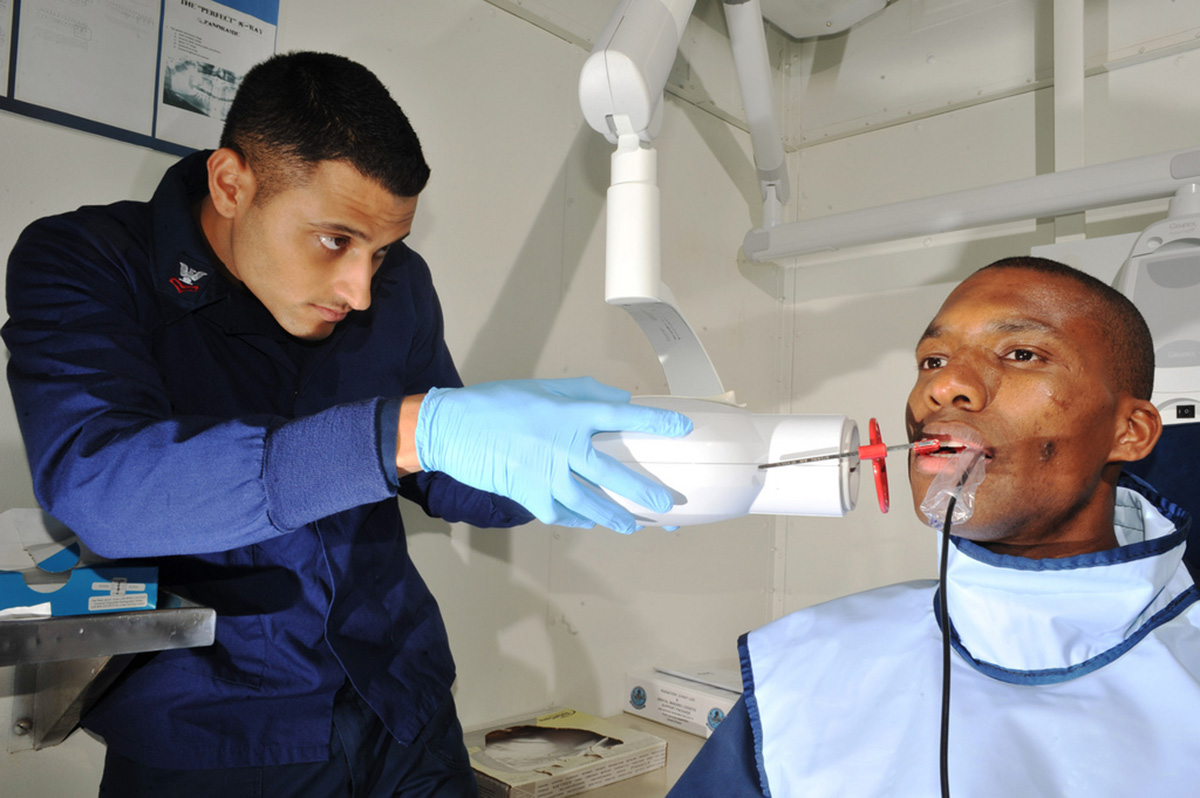Table of Contents
Actually, yes, you do. There are several different kinds of x-ray machines, each with its own pros and cons. Knowing which type of x-ray machine you prefer can help you find a dentist with whom you will be most comfortable.

Intraoral
These are the traditional x-ray machines you probably remember from your childhood. They use plastic-covered film, which is placed in your mouth before the image is taken. The plastic packets can be painful for those with small mouths.
Intraoral x-rays give very detailed images of your individual teeth, as well as the immediate area surrounding them. These help your dentist detect tiny flaws which might otherwise go undetected.
Panoramic
This is the machine that circles around your head while you stand still and bite on a small platform.
This is very useful for tracking bone development, checking for impaction, and noting the relative positions of the teeth and jaws.
While it might feel like it’s going to give you brain cancer, take comfort from knowing that this machine uses less radiation than traditional intraoral x-rays.
Digital Radiographs
These are an alternative form of intraoral x-ray. But instead of having a plastic case of film in your mouth, it’s just an easily-placed electronic sensor. After receiving the x-rays from the machine, it creates an image and transfers it directly to a computer. There, a program can highlight small differences between this image and the previous picture taken of that area, making cavity detection much easier.
Thankfully, this procedure is much less painful for those with small mouths.
See Also: Oral Care: Dental Problems in Children
Will I get cancer from dental x-rays?
Dentists are much more careful with x-ray use than they used to be, only using it as necessary. Wearing the lead-filled apron while the image is taken will protect your vitals from the radiation. Furthermore, new machines are constantly being developed to minimize patient exposure to x-ray radiation.
Can you get cancer from x-ray exposure? Yes, but it would take frequent x-ray exposure, roughly once annually. Over a lifetime the average adult should receive an x-ray every two or three years, which is so little x-ray radiation that their body can usually repair the damage on its own. So, cancer from dental x-rays is rare. You should be more worried about UV rays from the sun.
The bottom line is, x-rays are the safest way for doctors and dentists to get an idea of what’s going on inside your body.
- Photo courtesy of Myfuture.com by Flickr : www.flickr.com/photos/myfuturedotcom/6052493069
- Photo courtesy of Commander, U.S. 7th Fleet by Flickr : www.flickr.com/photos/us7thfleet/9335762429


Your thoughts on this